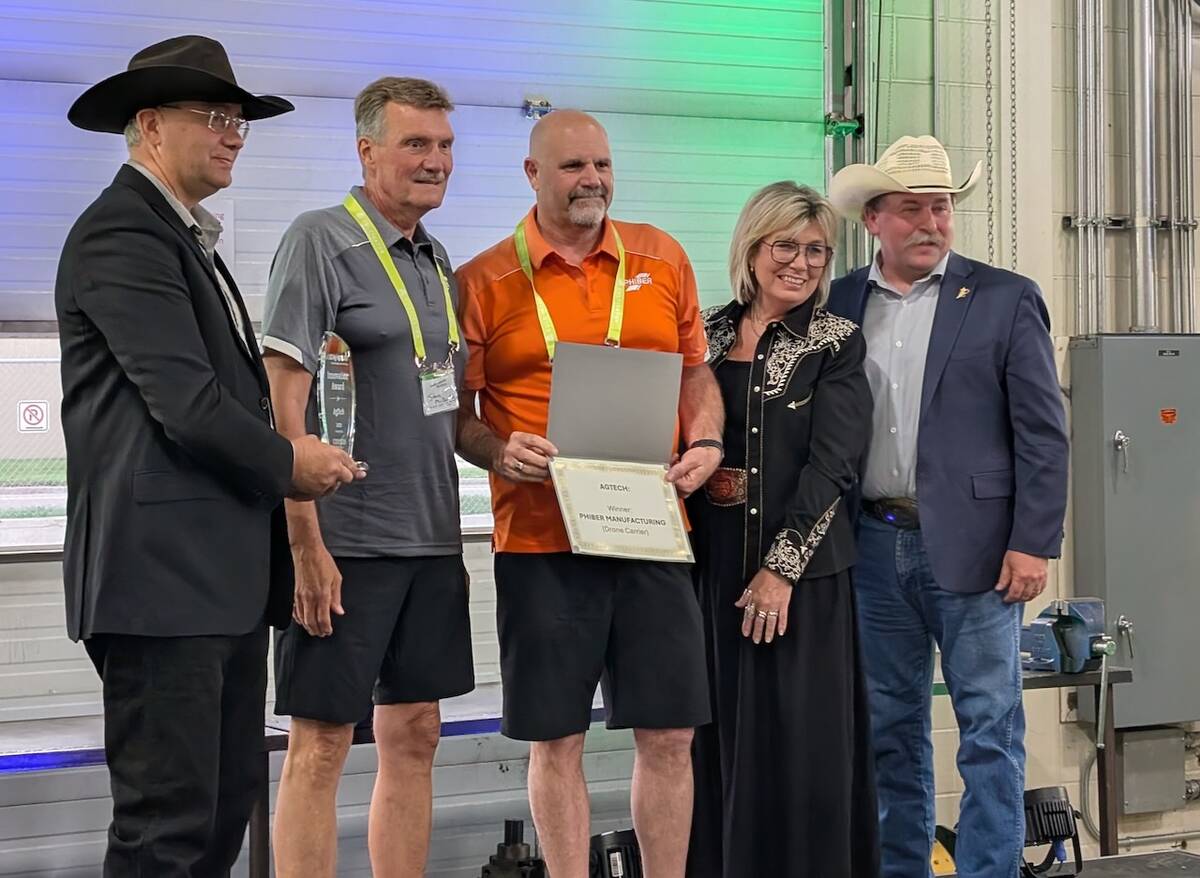Six years ago, some experts predicted that Oklahoma could have a million acres of winter canola.
This year in Oklahoma and surrounding states, farmers planted just 10,000 acres.
“The story of canola in the southern Great Plains is a very sad one,” said Ron Sholar, executive director of the Great Plains Canola Association, from his home in Stillwater, Okla. “The bottom has just absolutely fallen out of our industry.”
In the early 2010s, canola was a hot crop in Oklahoma, Kansas and Texas. Growers in the region needed a crop to rotate with winter wheat and some agronomists touted canola as the solution. By the 2013-14 crop year, acres in the region had reached 400,000 and optimism was through the roof.
Read Also

Ag in Motion innovation awards showcase top 2025 ag technology
The 2025 Ag in Motion Innovation Awards celebrated winners across five categories: agronomics, agtech, business solutions, environmental sustainability and equipment.
In 2013, about 400 growers showed up at a meeting in Oklahoma to learn more about canola and how to grow it.
“In Oklahoma alone, we’ll plant four to five million acres of wheat. If you rotate it (canola) every other year, or every third year, and you add Texas and Kansas … we should see two or three million acres down the road,” said Heath Sanders, Oklahoma State University agronomist, back in 2013.
“We’re getting more interest of seed companies and the (ag) industry itself down in this area because they’re starting to see the potential,”
That potential didn’t pan out.
A company called Northstar Agri Industries was planning to build a canola crushing plant in Enid, Okla., but the project never got off the ground.
Then canola prices and acres began trending downward.
“A few years ago, they (farmers) were getting as high as US$12 per bushel for canola,” Sholar said. “I just checked the price yesterday. It’s like $4.50 a bushel.”
Prices collapsed because canola grown in the region is now mostly used to make biodiesel. Demand for biofuel has cratered in North America, thanks to COVID-19 and a massive cut in fuel consumption.
“We only have one buyer here now, ADM. And it’s gone into biodiesel,” Sholar said.
At $4.50 per bushel canola doesn’t make economic sense for farmers in the southern plains, as it’s more expensive to grow than wheat.
“I’ve always said we need a $2 per bushel difference between canola and wheat, to justify growing canola,” he said. “Right now, they’re roughly equal (in price). And that’s an untenable position.”
The decline of canola in Oklahoma is about more than price.
Growers had decent weather in the early 2010s and they generated decent yields of 30 bushels per acre or higher.
That didn’t last.
Drought, winterkill and cold springs hammered yields in subsequent years.
Poor yields are a poor advertisement for a novel crop.
“This is my 50th year in agriculture… and I’ve always said it is very, very difficult, almost impossible, to add a new crop to an area,” Sholar said. “It (canola) was more finicky in growing and some (farmers) couldn’t deal with that.”
With wheat, growers in the southern plains could always depend on some yield. With canola, some years were a complete disaster.
“With canola… you may not get anything. And that drove some (farmers) from it,” Sholar said. “It’s easier to fall back on wheat and that’s what they’ve done.”
Only about 50 farmers in Oklahoma and a few in Kansas continue to grow canola. Without a critical mass of growers, it could be challenging to maintain the Great Plains Canola Association.
Despite the difficulties, Sholar hasn’t given up hope. He’s been involved with the crop for more than 30 years and believes it has a future in Oklahoma.
Kansas State University has a canola breeder, Mike Stamm, who is developing canola hybrids for the climate of Kansas, Oklahoma and Texas.
“We’re hoping that our transition to developing more advanced hybrids will produce a step change in the consistency of the crop in the plains,” Stamm said in March. “Farmers are always clamouring for canola to be as consistent as wheat. By developing hybrids that are adapted to our conditions, we think we can make that next step for the industry.”
However, it could be years before those hybrids hit the market, and many more years before canola acres in the southern plains hit 400,000 again.


















